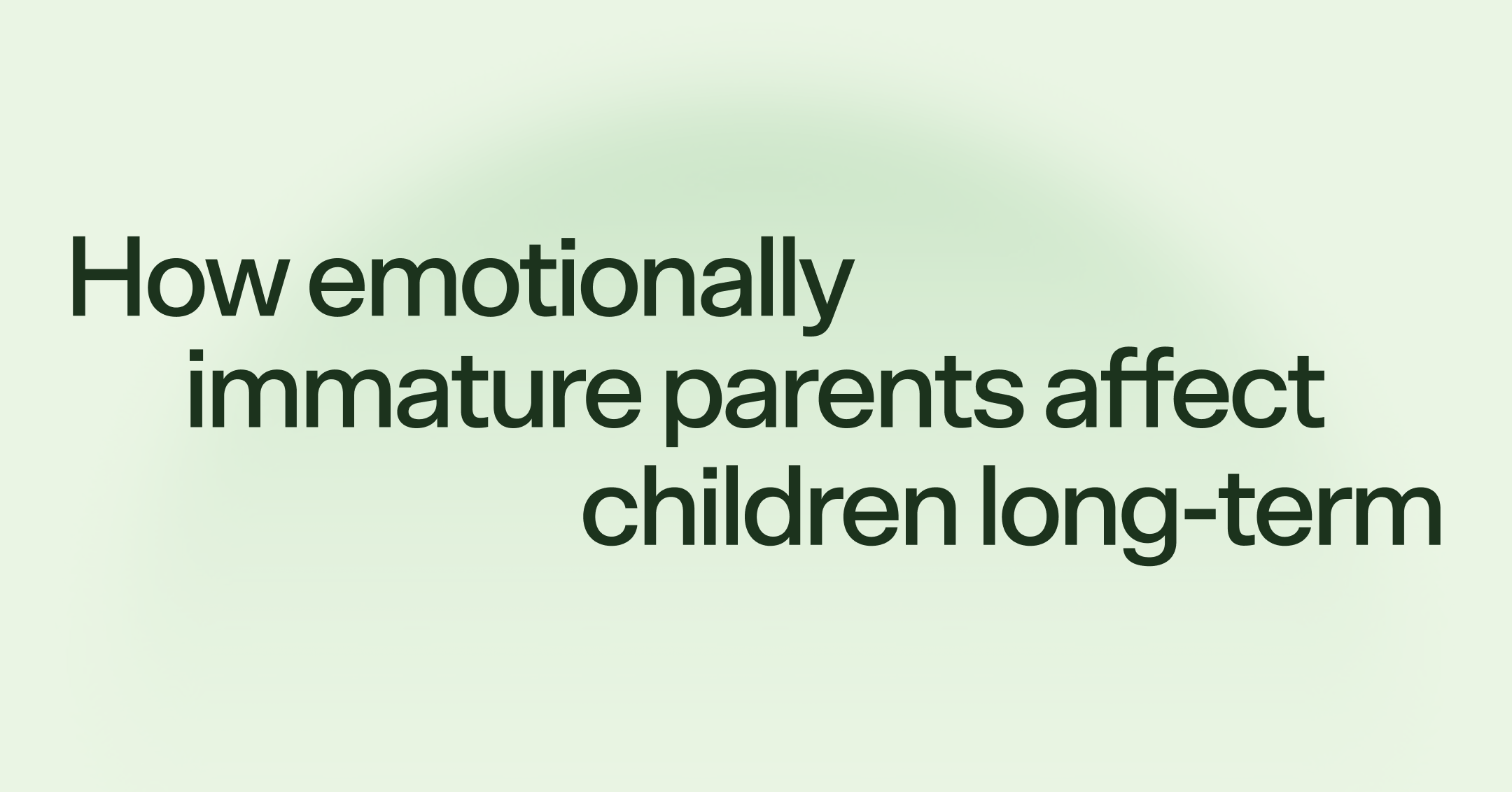Research shows telepsychiatry to be as effective as in-person care for a wide variety of mental health conditions.
Telepsychiatry can make it easier to regularly attend an appointment, provide more flexible scheduling options, and reduce the cost of treatment.
If you’re unsure whether you prefer in-person care or telepsychiatry, your provider can help you choose the best approach for your needs.
During the lockdowns of the COVID-19 pandemic, there was a massive increase in demand for telepsychiatry or virtual psychiatry. Since then, it remains an increasingly popular way to access mental healthcare. However, there’s still some confusion around the pros and cons of seeing an online psychiatrist versus attending in-person appointments.
In the following guide, we’ll explore what research has uncovered about the effectiveness and limitations of telepsychiatry and help you select the best type of support for your needs.
Is telepsychiatry effective?
In a word, yes! To begin, research shows that for the most part, a person could be evaluated either in person or online, and their provider would come to the same conclusions about their diagnosis. This is because the most commonly used diagnostic tools are as effective via video call as they are in person. Having an accurate diagnosis is one of the most important elements of effective psychiatric care.
In addition to diagnostic reliability, telepsychiatry appears to be just as effective as in-person care in treating some of the most common mental health conditions. For example, it’s been shown to produce positive outcomes for people living with conditions like:
Substance use disorders (SUDs)
Autism spectrum disorder (ASD)
The care you need, when you need it
Learn how Rula can support your mental health journey
Can you build a trusting relationship with a provider using telepsychiatry?
For treatment to be effective, people need to feel seen, heard, and valued by their providers, regardless of whether they’re connecting in person or online. This requires a strong therapeutic relationship based on open communication and ongoing collaboration.
Most of us know that technology is imperfect. Sometimes, it can be harder to translate nonverbal communication on a video call. For example, if your internet connection causes your screen to freeze up, your provider could miss a slight change in your facial expression.
Research shows that digital communication can have a slightly negative effect on the therapeutic relationship. But, according to a 2018 study, it’s not severe enough to detract from treatment outcomes.
What are the potential benefits of telepsychiatry?
At a time of mass provider shortages, telepsychiatry is increasing access to life-changing services across the world. Providers describe it as a powerful tool to “meet patients where they are,” and many people prefer it. Telepsychiatry can reduce wait times, allow for greater flexibility, and even reduce the cost of care.
Virtual psychiatry can connect people in rural communities or other underserved areas with treatment resources that would be otherwise inaccessible. It can also help people who are unable to attend in-person treatment due to mobility concerns, lack of transportation, or scheduling constraints.
Some psychiatric providers say that telepsychiatry can provide important insights into their patients’ living environments that they might otherwise miss. For example, it can show them additional details about their patients’ home lives and daily functioning. Telepsychiatry may also offer an opportunity to include family members or loved ones who can’t attend in-person appointments.
Lastly, some people may prefer meeting with their psychiatric provider virtually if they find it easier to discuss sensitive issues when they’re not in the same room as their provider. This may be especially helpful for people living with autism or Tourette syndrome. It could also be beneficial for other people who may have difficulty with face-to-face communication.
Who isn’t a fit for telepsychiatry?
Effective mental healthcare isn’t a one-size-fits-all experience. While research shows that telepsychiatry is a good fit for most people, it isn’t right for everyone. You may need in-person care if you:
Don’t have access to a stable internet connection or a smartphone, tablet, or computer
Don’t have a private, quiet place in your residence to attend your appointments
Are in crisis or experiencing symptoms that are affecting your safety or the safety of others
Are uncomfortable with technology or not interested in using it
Struggle to follow directions or follow telemedicine guidelines
Have hearing or vision difficulties, as the entire visit is done virtually
What if you prefer in-person care?
Although there are many benefits to telepsychiatry and online therapy, it’s OK if you prefer to meet with your provider in person. And, if you’re new to telepsychiatry, know that you can try it out and experiment. For example, many providers offer hybrid care. In this model, patients receive a combination of virtual and in-person support, depending on their needs.
If you take psychiatric medication, you might need to meet with your provider in person every few months and whenever you need a physical exam or blood work.
Whether you’re drawn to telepsychiatry, in-person treatment, or a combination of both, what matters most is finding the best care for you. And, fortunately, you don’t need to make that decision on your own. Your psychiatrist will be there to help you decide on the right approach as your treatment needs evolve.
One factor people tend to overlook when deciding between online and in-person psychiatry is personal preference. It is best to choose the medium you feel the most comfortable in opening up about yourself.

Halee Fullerton, PMHNP-BC
Clinical reviewer
Find care with Rula
Across the world, telepsychiatry is reducing barriers to critical psychiatric services. Many people find that this approach makes it easier to attend appointments and stay engaged with care — two factors that can make treatment more effective and lead to better outcomes. If you’re unsure if telepsychiatry is right for you, know that you can always request in-person services or a hybrid approach. You and your provider can work together to ensure that you receive the form of support you prefer.
At Rula, we’re committed to delivering a comprehensive behavioral health experience that helps people feel seen and understood so they can get back to feeling their best.
Rula makes it easier to find a licensed therapist or psychiatric provider who accepts your insurance so you don’t have to choose between affordable care and excellent care. With a diverse network of more than 15,000 providers, 24/7 crisis support, and appointments available as soon as tomorrow, we’re here to help you make progress — wherever you are on your mental health journey.
Rula's editorial process
Rula's editorial team is on a mission to make science-backed mental health insights accessible and practical for every person seeking to better understand or improve mental wellness.
Members of Rula’s clinical leadership team and other expert providers contribute to all published content, offering guidance on themes and insights based on their firsthand experience in the field. Every piece of content is thoroughly reviewed by a clinician before publishing.




